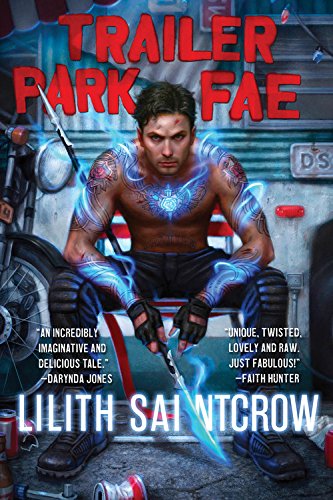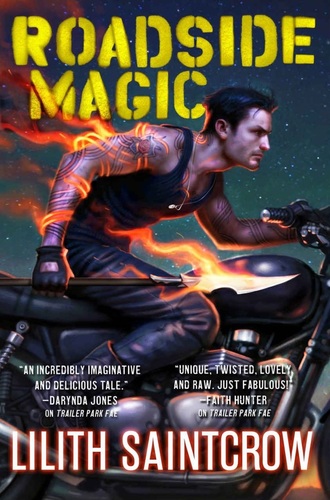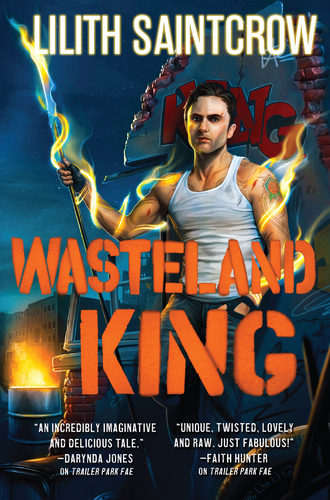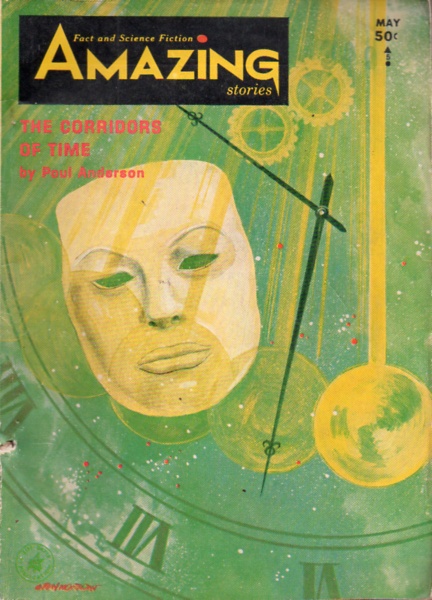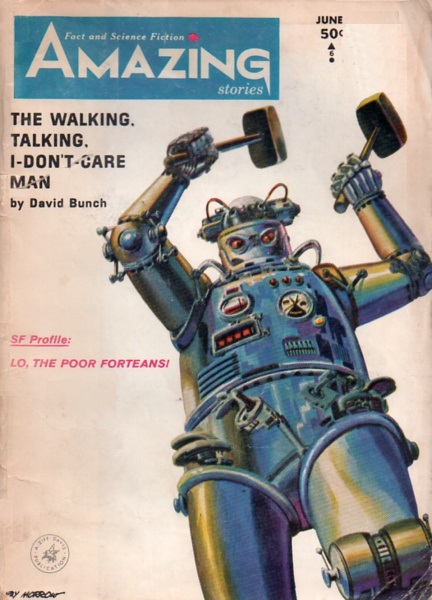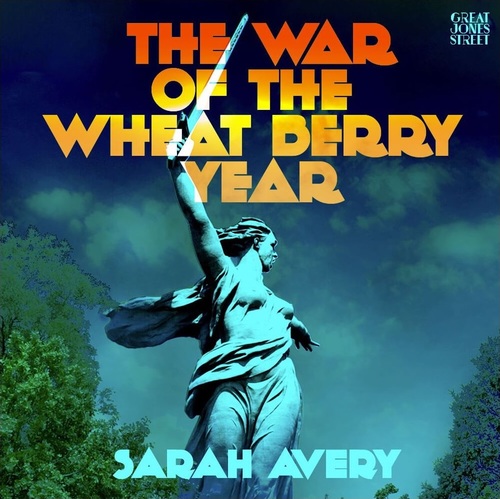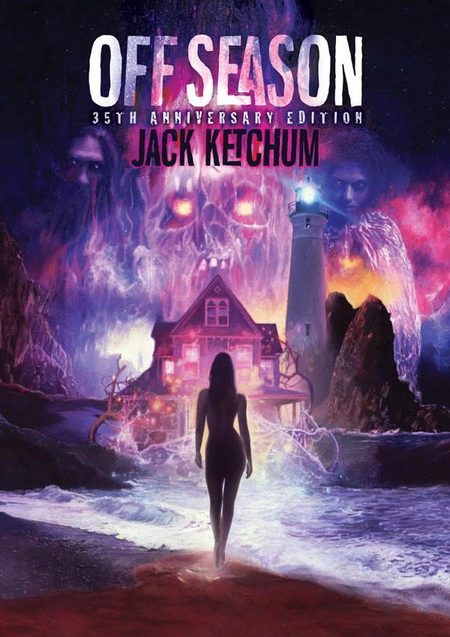Fantasia 2016, Day 17: Forging Dreams (Battledream Chronicle, the International Science Fiction Short Film Showcase, and The Dwarvenaut)
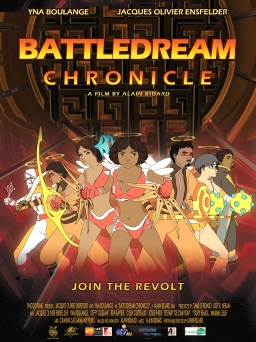 Saturday, July 30, I had hopes of seeing four shows at Fantasia. In the event, I saw three — and ended up with an interesting chat after the last one. First came an animated teen dystopia from Martinique, Battledream Chronicle, in which a young woman fights to free her homeland from digital colonialism. After that came a collection of short films, the International Science Fiction Short Film Showcase 2016 (one of the shorts being an adaptation of Ken Liu’s short story “Memories of My Mother“). Then I’d see The Dwarvenaut, a fascinating documentary about gamer and miniature-maker Stefan Pokorny that incidentally takes an interesting angle on gaming in general and Dungeons & Dragons in particular.
Saturday, July 30, I had hopes of seeing four shows at Fantasia. In the event, I saw three — and ended up with an interesting chat after the last one. First came an animated teen dystopia from Martinique, Battledream Chronicle, in which a young woman fights to free her homeland from digital colonialism. After that came a collection of short films, the International Science Fiction Short Film Showcase 2016 (one of the shorts being an adaptation of Ken Liu’s short story “Memories of My Mother“). Then I’d see The Dwarvenaut, a fascinating documentary about gamer and miniature-maker Stefan Pokorny that incidentally takes an interesting angle on gaming in general and Dungeons & Dragons in particular.
(Bad health has slowed my posting these Fantasia reviews, so as I type these words The Dwarvenaut has already debuted on Netflix. I go into more detail about the film below, but in brief: it’s a fine documentary, entertaining for a general audience and a must-watch for anyone interested in gaming and especially in the Old School Renaissance. Also, I would think, of particular relevance for anyone with an interest in fantasy. Or, for that matter, in New York City.)
Battledream Chronicle, like Nova Seed, is a nearly one-man creation. Alain Bidard wrote, directed, and produced much of the art for the nearly two-hour film. Computer graphics make for detailed backgrounds and fluid action scenes in a science-fictional action story about young people fighting to defeat a corrupt global superpower. It’s a richly-imagined and deeply satisfying story marked by an incredible visual imagination, if also by some unusual plot choices.
In the future, countries settle disputes with gladiatorial contests in a virtual-reality game world, the Battledream, established by a mysterious force called Isfet. One country, Mortemonde, has developed a weapon that gives it unquestioned supremacy in the Battledream. Mortemonde soon conquers the rest of the planet, except for the floating city of Sablerêve, and puts the gamers now under its power to work grinding for experience points in the Battledream — a post-modern computer-gaming colonialism. Syanna Meridian and her friend Alytha Mercuri (Steffy Glissant; I can’t find a voice credit for Syanna) are two of those gamers, a team called the Syrenes de Feu, struggling to keep their heads above water. Then, after a routine combat, they stumble upon a mysterious weapon that might change the balance of power, topple Mortemonde, and bring freedom to the world. Will they survive long enough to reach Sablerêve and turn the tables on Mortemonde?
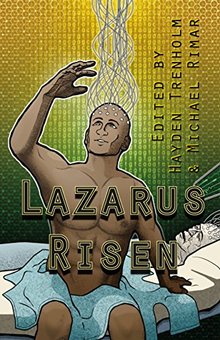 I know I’ve mentioned before that I’m a big fan of the original anthology, and I’d like to take the opportunity to draw your attention to two new ones that have crossed my table in the last month or so.
I know I’ve mentioned before that I’m a big fan of the original anthology, and I’d like to take the opportunity to draw your attention to two new ones that have crossed my table in the last month or so.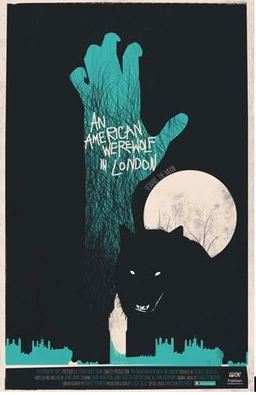
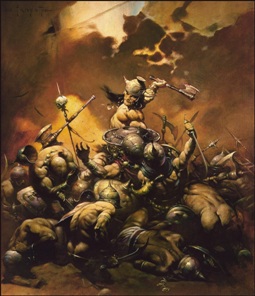
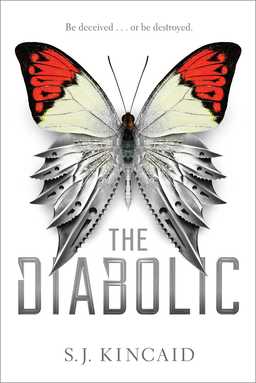
 I didn’t read many comics growing up. My pocket money was very limited and if I had a spare dollar, I was far more likely to spend it on a used fantasy or science fiction paperback than a comic book. It wasn’t that I didn’t like comics, it was simply a matter of practicality. A paperback would give me a couple of days of entertainment while a comic would only last an hour.
I didn’t read many comics growing up. My pocket money was very limited and if I had a spare dollar, I was far more likely to spend it on a used fantasy or science fiction paperback than a comic book. It wasn’t that I didn’t like comics, it was simply a matter of practicality. A paperback would give me a couple of days of entertainment while a comic would only last an hour.